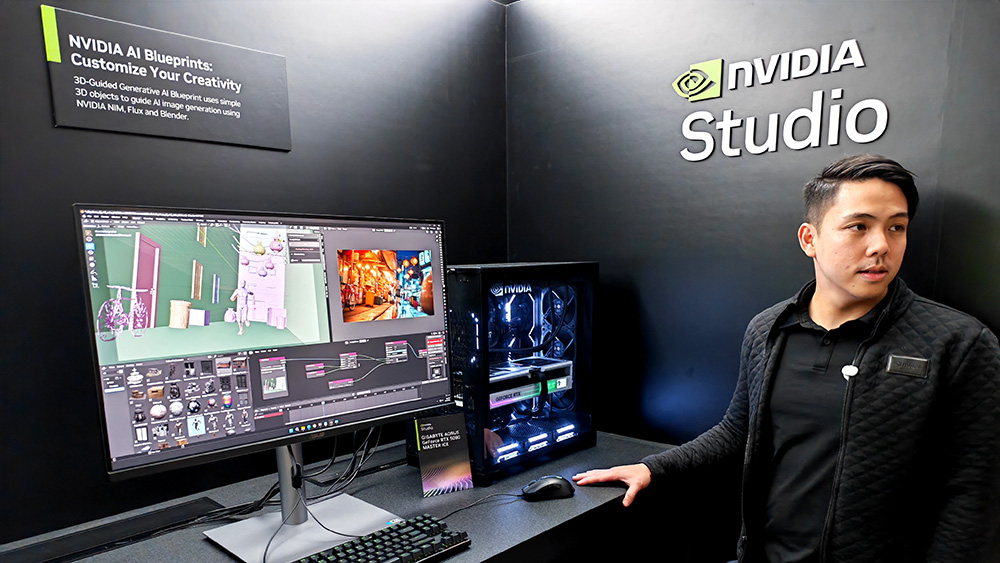
At COMPUTEX 2025, NVIDIA showcased a comprehensive vision for the future of AI in gaming and digital interaction. The company highlighted key updates across its hardware and software platforms, including the debut of DLSS 4, the launch of the GeForce RTX 5060 GPU, the evolution of its AI assistant G-Assist, and a deeper look into Project R2X—an advanced AI-powered virtual assistant introduced earlier at CES 2025.
DLSS 4 Brings a Leap in Visual Performance
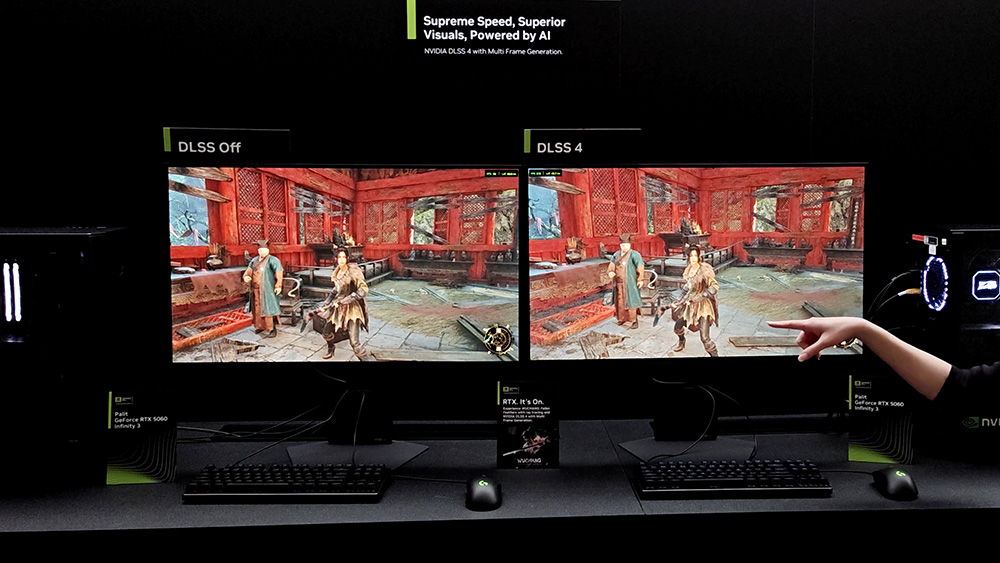
Leading the announcements was DLSS 4 (Deep Learning Super Sampling), now available exclusively on the GeForce RTX 5000 series. This new version uses transformer-based AI models to generate multiple frames simultaneously, providing smoother gameplay and higher frame rates. A real-time demo of the game Avowed illustrated how DLSS 4 enhances both performance and visuals.
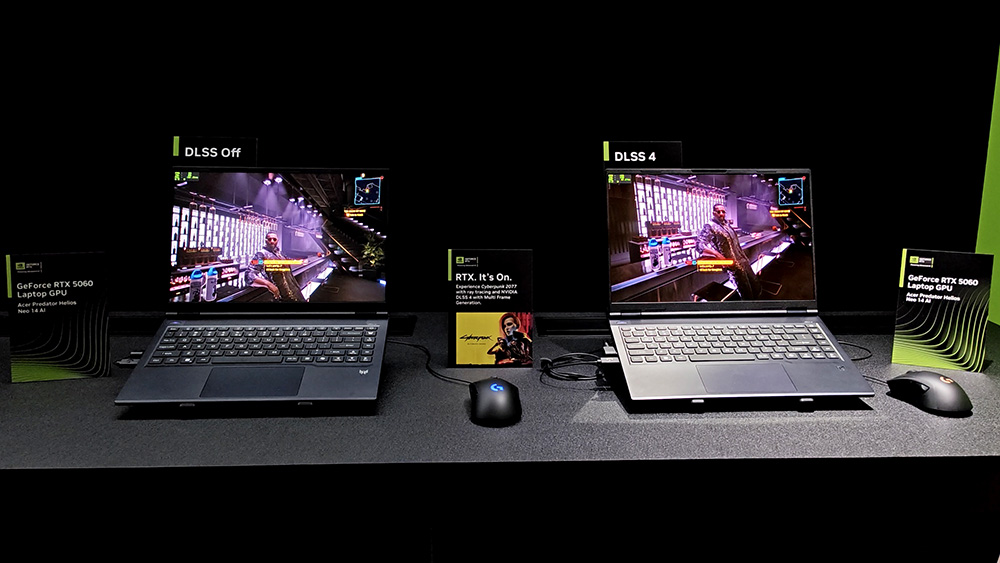
DLSS 4 is also designed to boost performance in demanding tasks like ray tracing and 3D rendering, making it useful for professionals as well as gamers. Adoption has been rapid, with over 125 games now supporting DLSS 4—making it NVIDIA’s fastest-growing DLSS rollout. Upcoming supported titles include Crimson Desert, F1 25, MindsEye, Splitgate 2, and Portal with RTX.
GeForce RTX 5060 Targets Mainstream Gamers
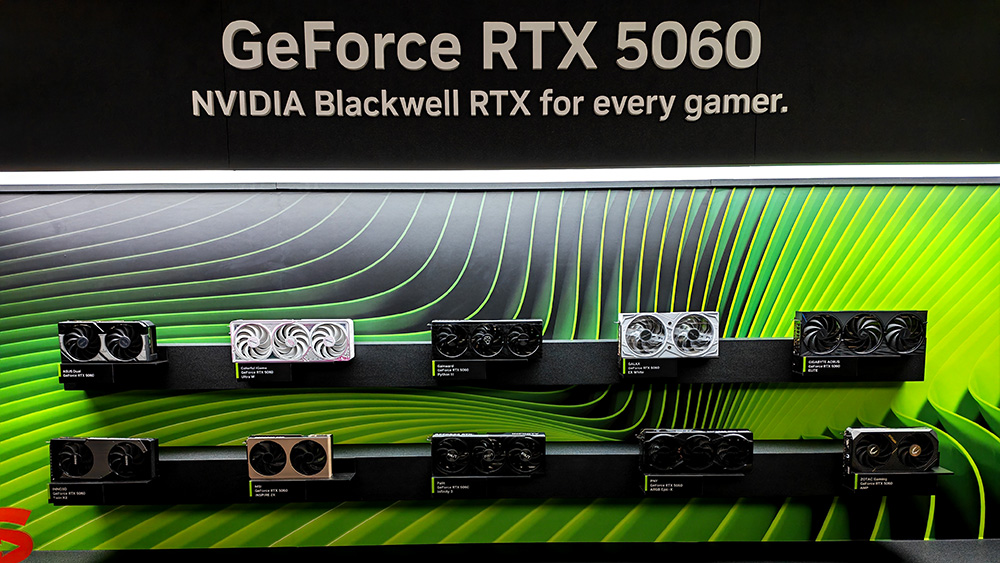
Alongside DLSS 4, NVIDIA introduced the GeForce RTX 5060 GPU, priced at around $299. It’s aimed at mainstream gamers seeking next-gen performance at an affordable price. Variants of the RTX 5060, including laptop models, were featured prominently at the NVIDIA booth, underlining the company’s effort to make high-performance AI gaming more accessible.
G-Assist Gets Smarter and More Connected

NVIDIA also presented updates to G-Assist, its AI-powered gaming assistant. Initially designed to provide in-game support, G-Assist now offers deeper integration with system performance tools, allowing users to monitor or overclock GPUs and adjust settings more easily. More significantly, it now supports third-party plugins, enabling integration with platforms like Discord, Spotify, Twitch, Google Gemini, SignalRGB, and IFTTT. This opens the door to customizable automation and advanced workflows that go beyond gaming.
Project R2X Redefines Virtual Assistants
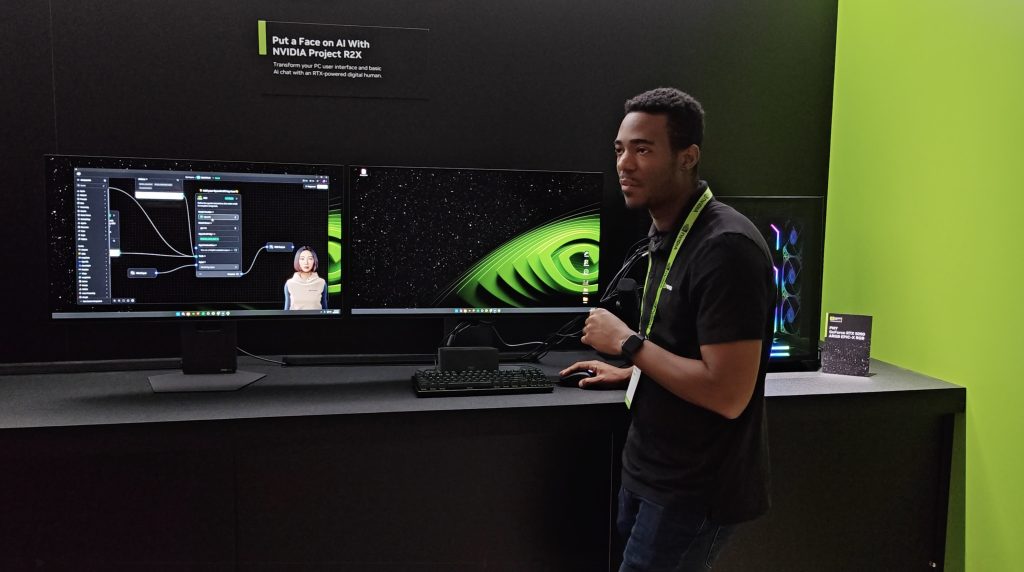
Expanding on the concept introduced by G-Assist, NVIDIA introduced Project R2X—a more advanced virtual assistant system for RTX-enabled devices. Built on a foundation of NVIDIA’s NIM microservices, NVIDIA Ace, G-Assist, and AI Blueprints, Project R2X offers a flexible, customizable interface for creating AI assistants without any coding required.
Users can personalize Project R2X by dragging and dropping different services to perform tasks such as summarizing emails, responding to questions, or helping with productivity. The assistant features realistic expressions and emotional speech, thanks to NVIDIA Ace’s use of RTX Neural Faces and Audio2Face technology.
Moreover, Project R2X supports connections to AI models from OpenAI, xAI, or even models developed in-house, allowing for a personalized experience tailored to different user needs. Despite its advanced capabilities, Project R2X runs efficiently on RTX GPUs with minimal use of memory and system resources.
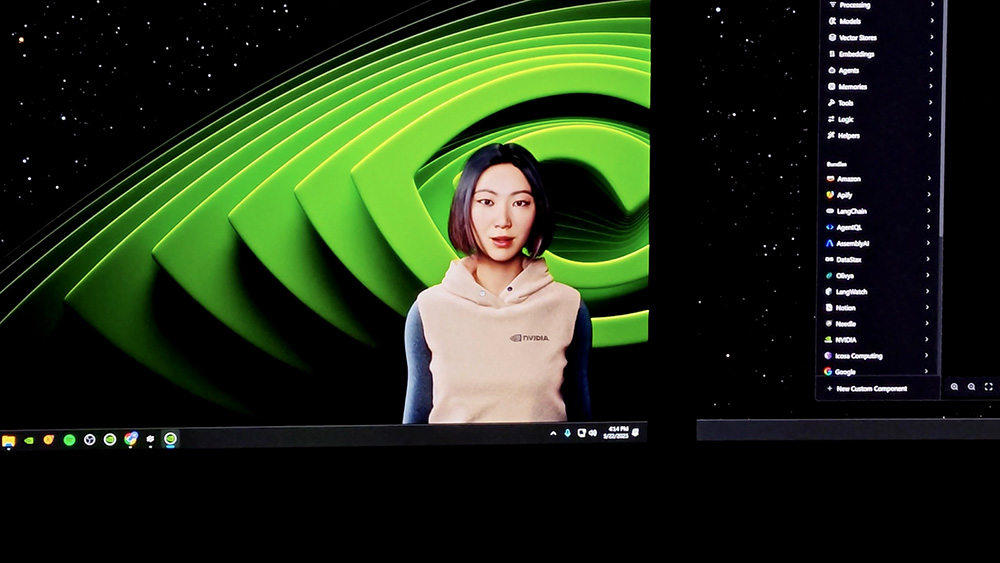
This technology can be used to create virtual characters in games, interactive service platforms, or user-facing navigation systems, pointing to a future where smart digital assistants play a central role in everyday computing.
NVIDIA’s presence at COMPUTEX 2025 highlighted its commitment to pushing the boundaries of both graphics and artificial intelligence. Whether through the visual upgrades of DLSS 4, the mainstream accessibility of the RTX 5060, the expanded capabilities of G-Assist, or the forward-looking design of Project R2X, NVIDIA is laying the groundwork for a new era of intelligent computing—where performance, personalization, and AI-driven interaction come together seamlessly.
